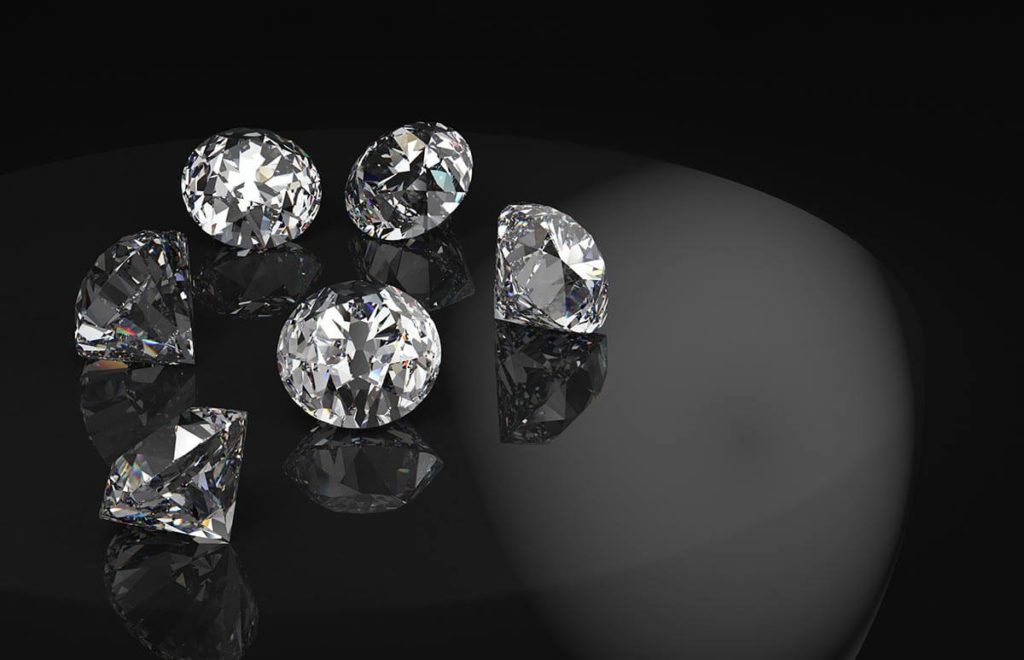
Lab-grown diamond are those diamonds that are produce inside proper scientific laboratories. Under the special jurisdiction of gemologists and scientists. They are equivalent to the naturally formed diamonds and not inferior to them in any form. They are equally “real” as those natural ones and can be the very best gift. That one might have been thinking about to gift their significant other. They are a boon to the modern world; both for the jewelry industry and also for the customers.
They are not only the superior choice among the two types of diamonds. But are also the cheaper ones when compared with the natural ones. More specifically, they generally contain lesser flaws and do not have any kind of unethical source of origin.
Now, with such qualities, who would not like to buy these beautiful diamonds!
How To Choose The Best Lab-Grown Diamond For Your Ring?
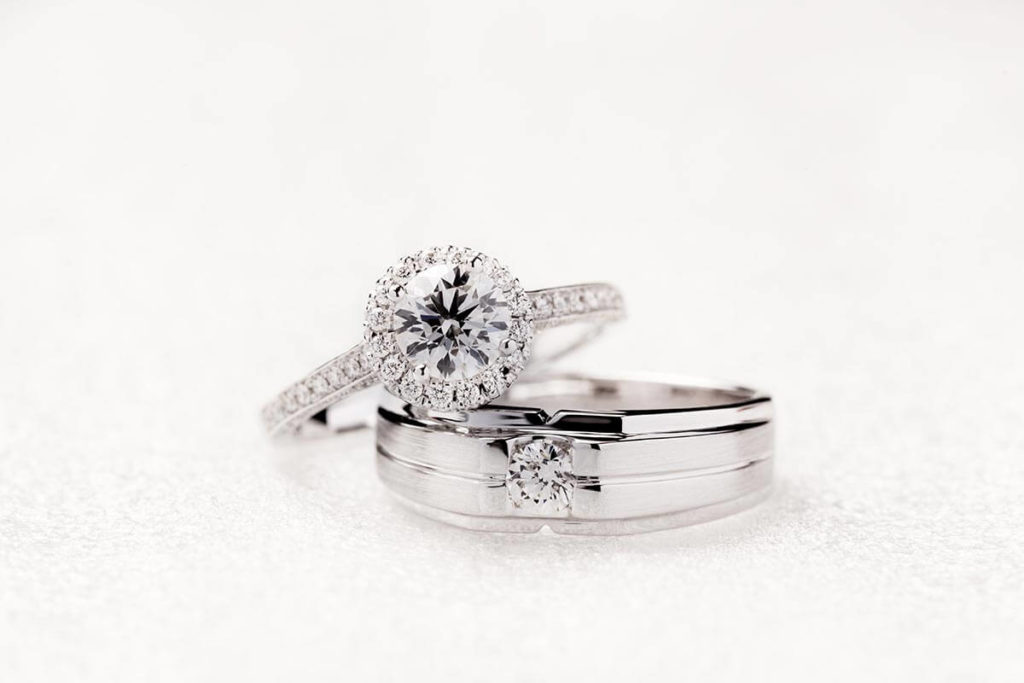
We understand that when it’s time; one should not wait a single second more and probably should rush right away. And go buy a beautiful diamond ring for their special one. But still we would suggest to take a few minutes and think about the best possible ways following. Which, they shall be able to buy not just any diamond ring but the best possible one.
There are a lot of things that one should consider and think about before they go and purchase a diamond ring. If such is not done, one may just get fooled or not just get exactly. What could their hard invested dollars possibly have to offer them.
Let’s Dive Deeper Into These Factors And Enlighten Ourselves.
For, choosing the best possible lab-grown diamond ring or jewelry; one simply should follow the steps mentioned below-
A proper estimation of the budget

Not only for diamonds but for anything that we want to purchase. There should be a clear idea about what we can buy. Understandably, one wants the absolute best for his or her other half. But the term best directly refers to a hefty amount of money needs to be spent.
Therefore, keeping the reality in check, one should research the lab-grown rings. That are available in the market along with their average costs according to their size, cut, color, and clarity. We must have realistic expectations and should not aim for something unachievable.
How the lab-grown diamond was made
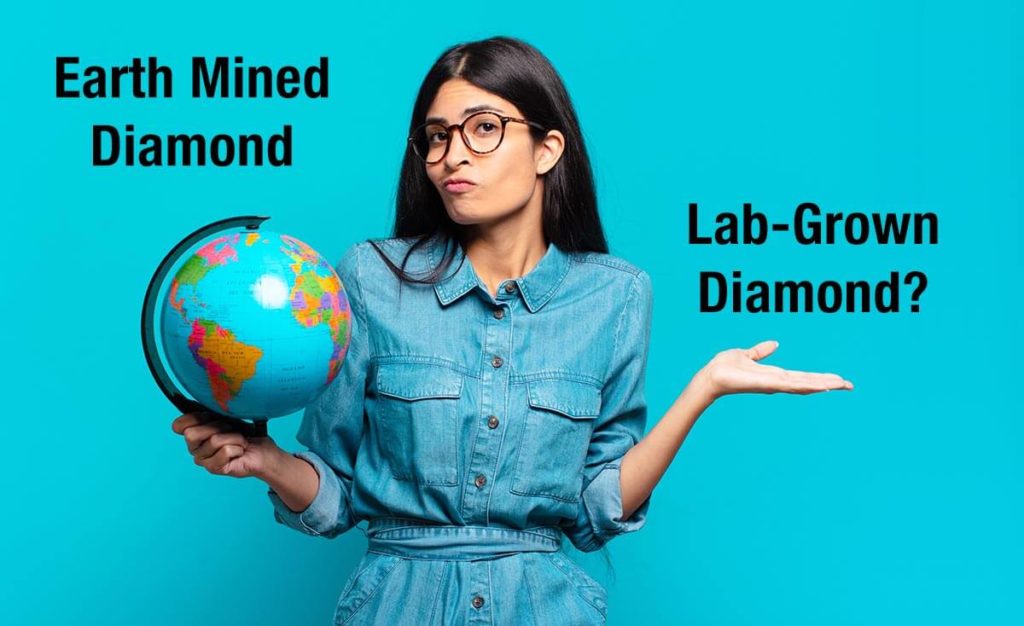
This question does not come to mind in the case of mined diamonds. But, for lab-grown diamonds, one must look for how it was produced, i.e. the process of its cultivation.
Lab-grown diamonds are form by two types of processes.
One is known as HPHT or the High-Pressure High-Temperature method. Which is the older technology used in the laboratory diamond production industry. The diamonds produced with the help of this method are generally smaller and relatively a bit inferior quality. On the other hand, diamonds produced by CVD or chemical vapor deposition method. Tends to be of a purer quality and usually are larger than the latter. So, it is always recommend to go for CVD grew lab diamonds if possible.
Deciding the shape and size of the stone
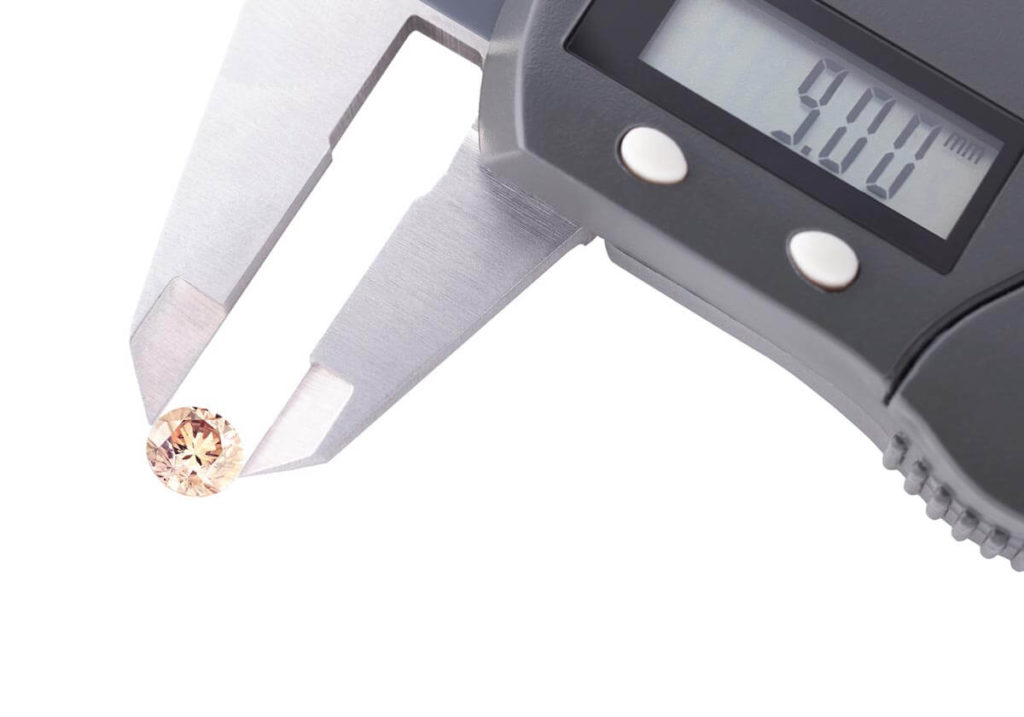
The carat size, cut, color, and clarity also known as the 4 C’s, of the diamond, will have a big effect. Both on the visual appearance of the diamond along with the cost that it will bear. It is advised to keep a balance between the expectation. And the cost-efficiency of the type of diamond one is thinking to buy.
It much better if the four C’s are considered individually :-
- Carat – The larger the carat or size of the stone, the more the cost of the total diamond ring.
- Cut- Cut refers to the exact proportions of the diamond. Which is typically graded by the gemologists from “Poor” to “Excellent”
- Color- The diamonds are graded from a scale of D to Z. Where “D” refers to the colorlessness of the diamonds and “Z” refers to its yellow color. It is always suggested to go for a diamond of the grading “D”.
- Clarity- Clarity refers to the flaws or imperfections that come with a particular stone. It is graded from “I” which means the stone has flaws included to “FL” or flawlessness.
Looking for details such as a table, depth, fluorescence, and finish
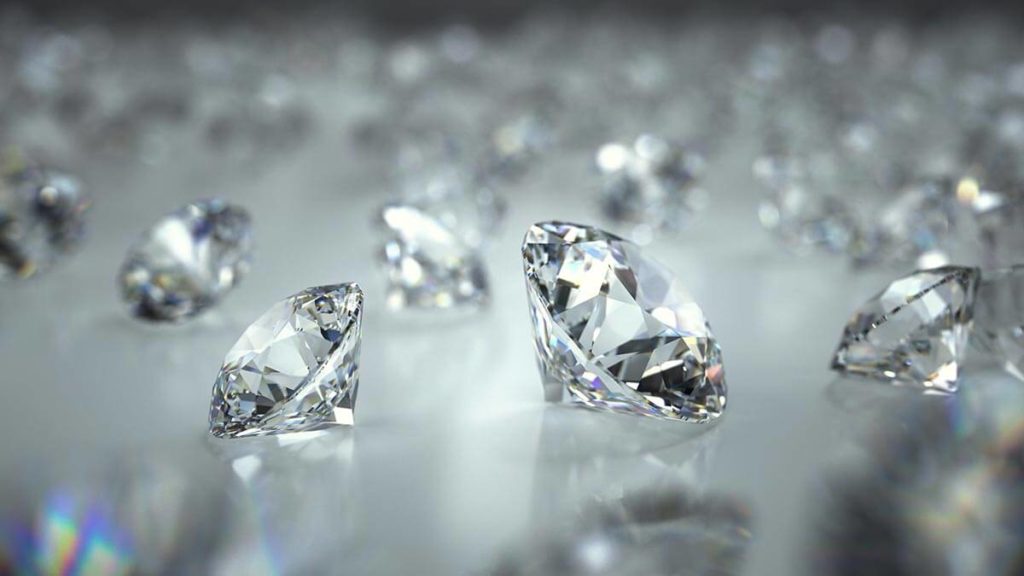
Apart from the 4 C’s; there also comes other factors of consideration for choosing a perfect lab-grown diamond. The table and depth refer to the proportional aspects of the stone and fluorescence and finish, refers to the visual aspects of the stone.
Each of these points should be kept in mind and must be considered thoroughly. Before one tries to buy a lab-grown diamond.
Selecting the best jeweler or brand
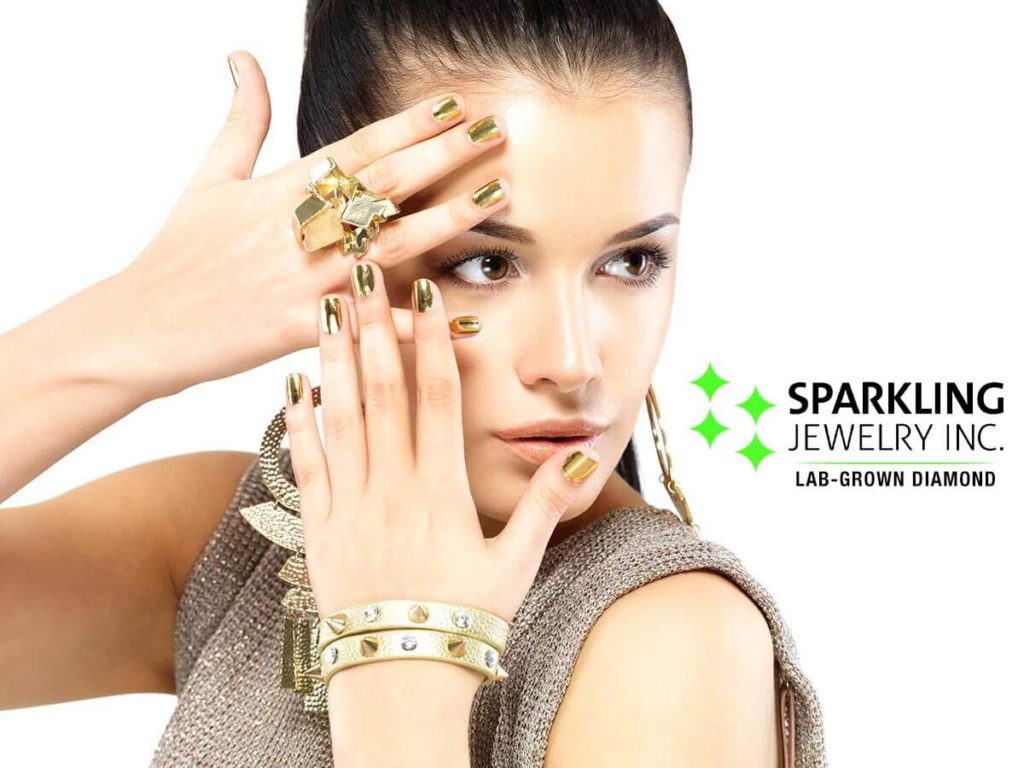
With the advancement of time, a large number of brands and companies have either started. Or have transferred their gem production to the lab-grown or synthetic methods. Hence there will be a countless number of options. If one tries to look out for every company or brand there is. That is why it is suggested to evaluate and go for such a company. That will provide one with the best value purchase of diamond according to one’s budget.
Looking for the factors like certifications and insurance
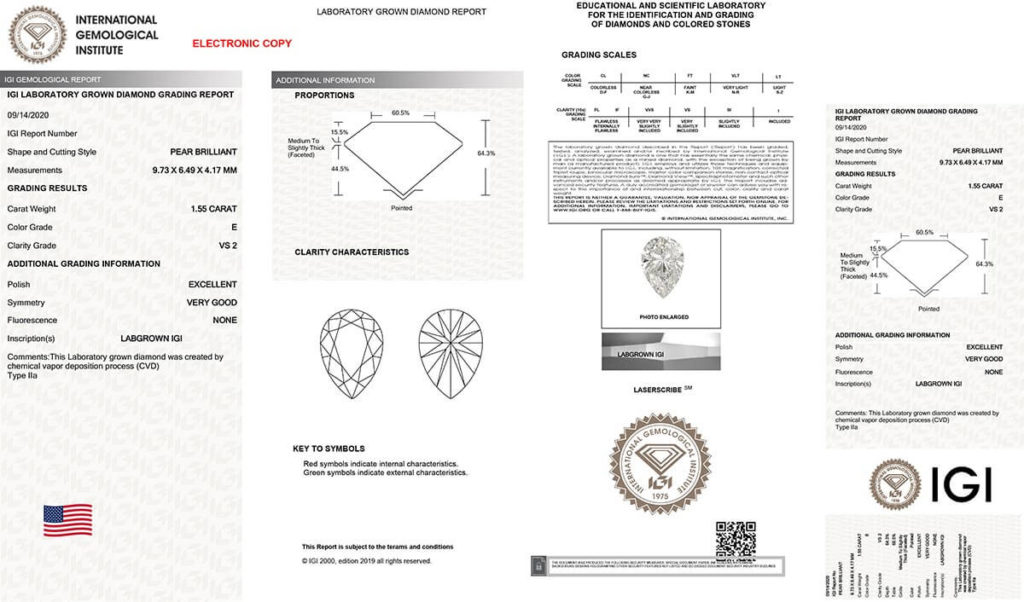
After considering all the above aspects, it will be foolish. If one does not look for the grading reports and certifications that are included with the stone. It is suggested that one must ensure. Whether the reports and certificates included with the lab-grown diamond are from trusted sources and organizations or not. Organizations like the GIA and IGI are recommended.
For people who might be buying diamonds for the first time, they need to look for precise certifications and reports. As this not only proves the genuineness and purity of the lab- grown diamond. But also aid oneself in their decision-making process.
Also, one must insist on the insurance that is included with the stone or not. And if yes then should verify its terms and conditions thoroughly.
There it is; simple, efficient, and step by step ways following which one can purchase. And gift the best possible lab-grown diamond ring to their significant others. No two diamonds in this world can ever be the same. And this is the very reason why we suggest one to take a few moments. And think about the choices and possibilities they have in purchasing the diamond ring.
